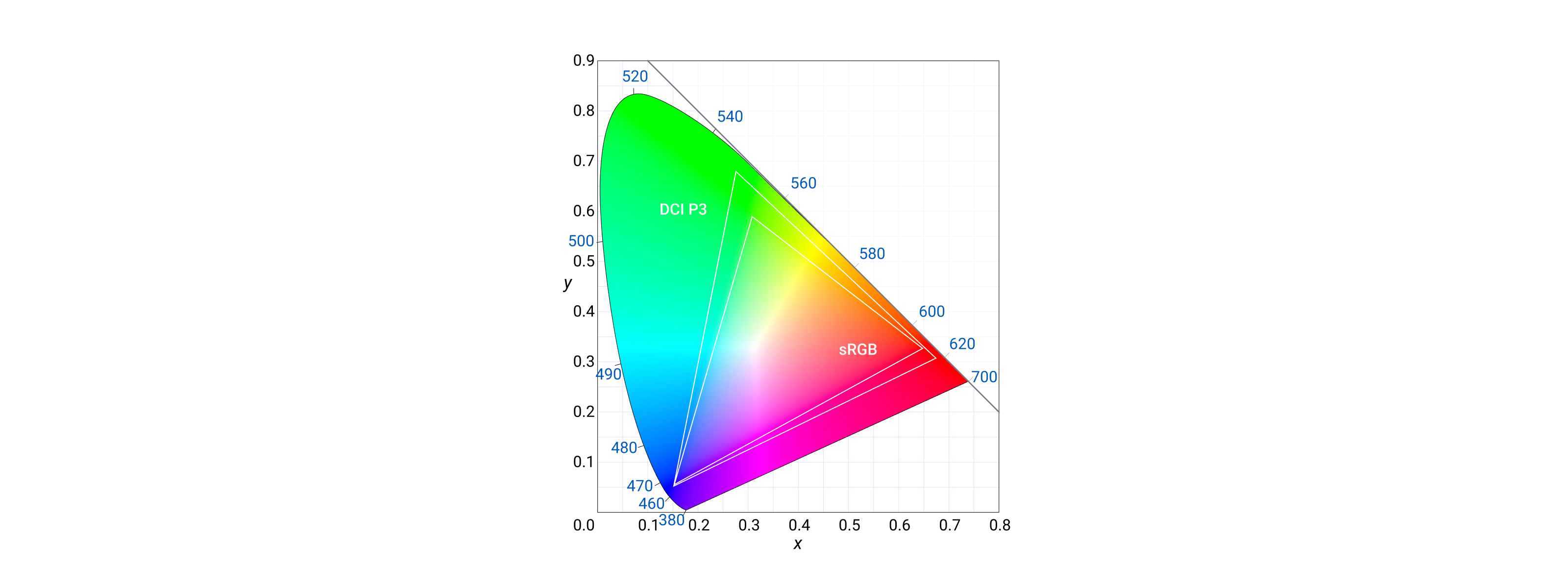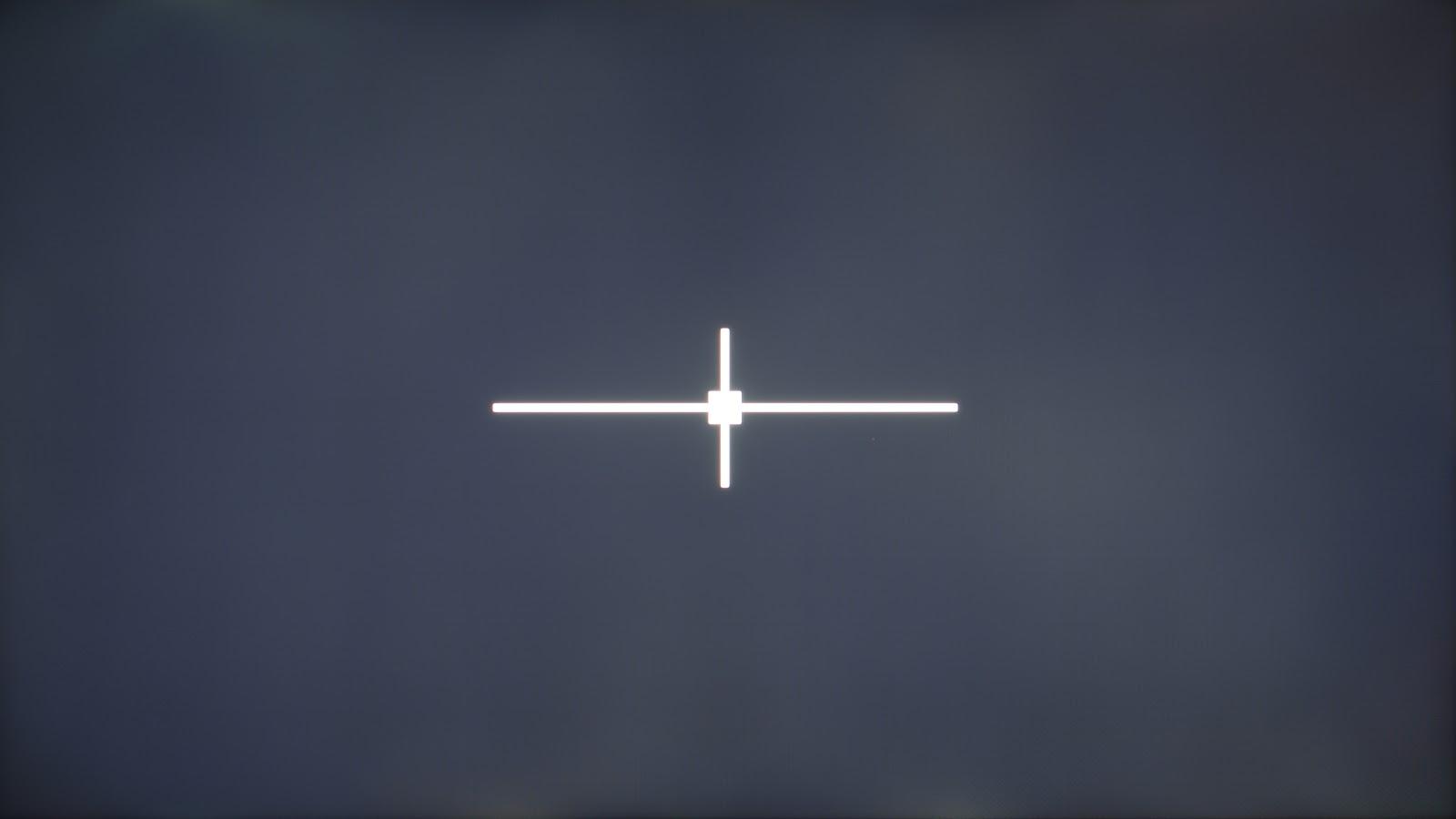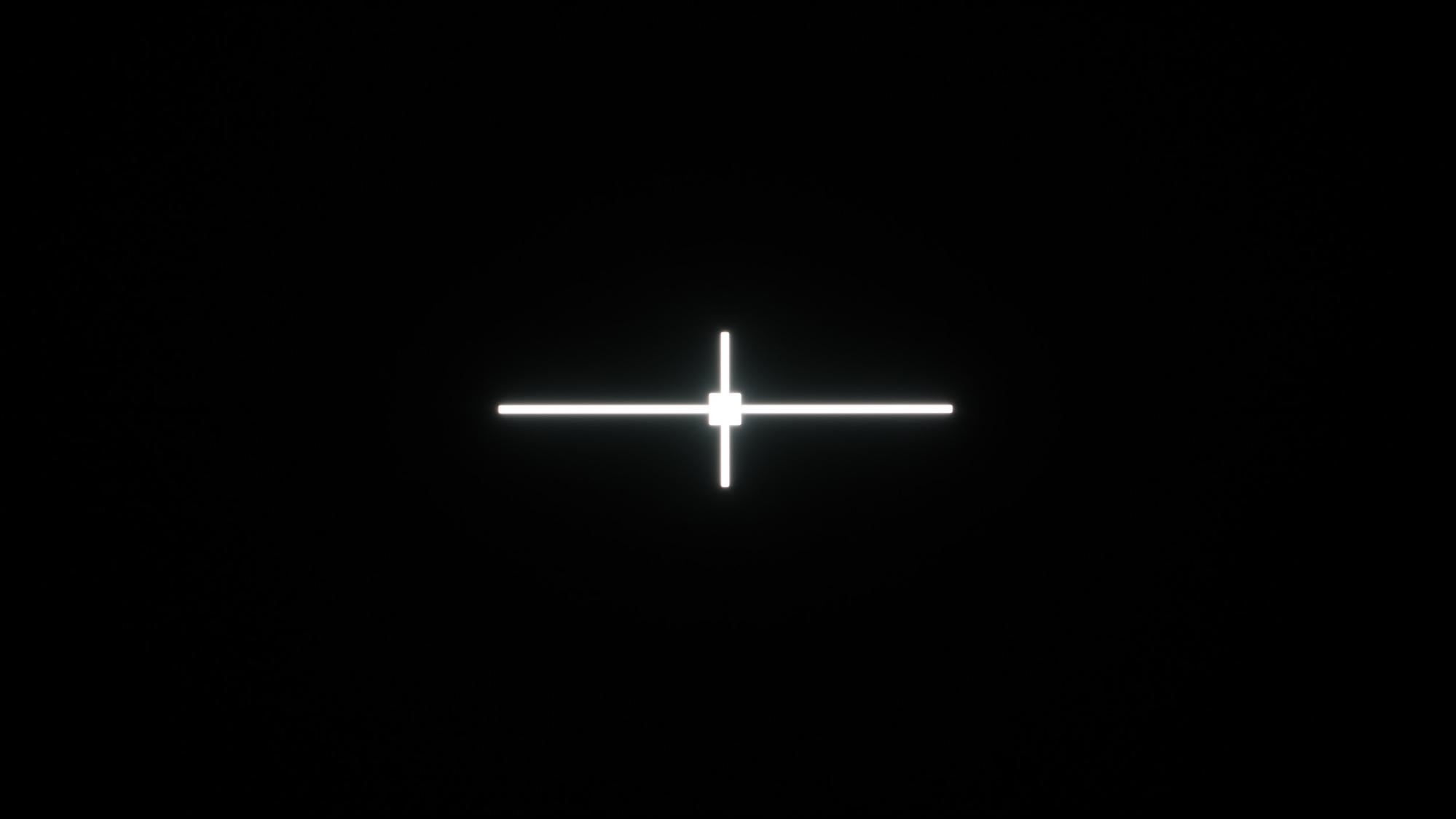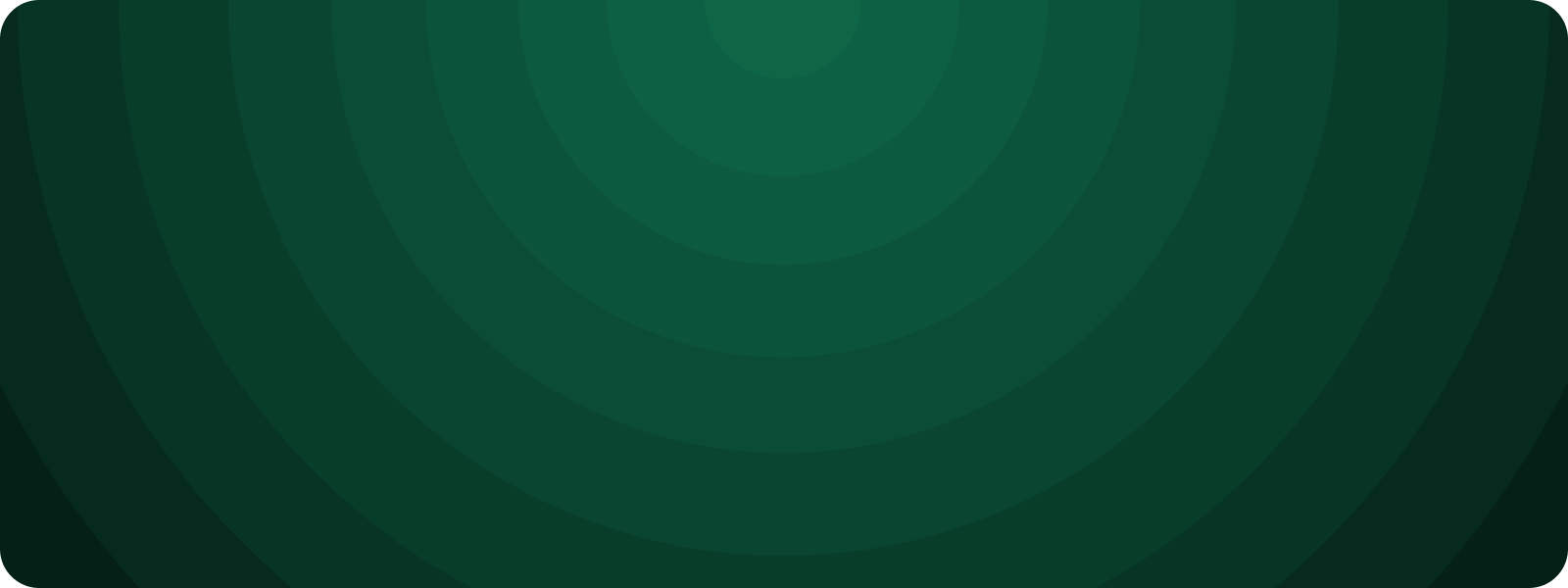يمكن أن يكون تصميم الألوان على التلفزيون مصدر إلهام وتحديد الحالة المزاجية بل ويحث المستخدمين على اتخاذ القرارات. إنه عنصر قوي وملموس يلاحظه المستخدمون أولاً. يشكّل اللون خطوة مهمة في تصميم واجهة تلفزيونية عالية الجودة، وذلك لأنّه طريقة فعّالة للتواصل مع جمهور عريض.
أهمّ الميزات
- إنّ وضع الصورة "العادي" هو الإعداد الأكثر شيوعًا لعرض التلفزيون.
- وتتيح معظم أجهزة التلفزيون استخدام sRGB.
- عند اختيار الألوان، ضع في اعتبارك أن المستخدمين يشاهدون التلفزيون على مسافات متفاوتة، وفي إضاءة منخفضة.
- قد تختلف تقنية العرض وإعدادات مساحة اللون في أجهزة التلفزيون بشكل كبير.
- تأكد من إجراء الاختبار مع أكبر عدد ممكن من الاختلافات في مساحة الأجهزة والألوان على النحو العملي.
- ضع في الاعتبار احتياجات المستخدم وتفضيلاته المختلفة عند استخدام الألوان.
- انتبه إلى مشكلات التلفزيون الشائعة، مثل التباين، عند استخدام التدرجات.
ألوان التلفزيون وشاشات عرض التلفزيون
من المفاهيم الخاطئة الشائعة أنّ جميع الشاشات تُظهر جميع الألوان بالطريقة نفسها. ربما لاحظت ذلك أثناء استخدام كمبيوتر محمول في العمل أو مشاهدة فيلم في منزل أحد الأصدقاء. قد يختلف اللون نفسه بين طُرز التلفزيون وشاشات الكمبيوتر والأجهزة المحمولة.
مساحة اللون

تشير مساحة اللون إلى مجموعة الألوان التي يمكن إعادة إنتاجها على شاشة التلفزيون. وتشمل هذه المساحات مساحات الألوان sRGB وDCI-P3، علمًا بأنّ sRGB هي أكثر مساحات اللون استخدامًا على نطاق واسع، كما أنّها متوافقة مع أكبر مجموعة من طُرز التلفزيون. وهو يُستخدم في أنظمة التشغيل والبرامج التلفزيونية والألعاب.
يمكن أن يؤدي اختيار مساحة اللون DCI-P3 إلى جعل الفيديوهات تبدو أكثر حيوية. بما أنّ المحتوى الذي تم إنشاؤه باستخدام DCI-P3 بإمكانه الوصول إلى نسبة أكبر من الألوان، قد يكون المحتوى متوافقًا فقط مع شاشات التلفزيون المتقدّمة.
وضع الصورة
قد تؤثر أوضاع الصور في جودة الألوان على التلفزيون من خلال تغيير طريقة معالجة التلفزيون للصورة. على سبيل المثال، تحاول أوضاع الصور العادية عادةً إنتاج تمثيل لوني أكثر دقة، بينما تزيد أوضاع الصور الزاهية من تشبُّع الألوان لجعلها أكثر حيوية.
يكون وضع الصورة التلقائي لمعظم لوحات التلفزيون هو وضع "عادي". تم تصميم هذا الوضع لتوفير صورة متوازنة وألوان دقيقة. لكن المستخدم لديه العديد من الخيارات للاختيار من بينها. يغير العديد من المستخدمين أوضاع الصورة لتحسين جودة الصورة المتصورة.
لنلقِ نظرة على سبعة أوضاع شائعة للصورة:
- عادي: وضع الصورة التلقائي. يوفر صورة متوازنة بألوان دقيقة.
- زاهية: تؤدي إلى زيادة تشبُّع الألوان، ما يجعلها أكثر حيوية.
- ديناميكية: تؤدي هذه الميزة إلى زيادة تباين الصورة، ما يجعلها تبدو أكثر وضوحًا.
- اللعبة: تحسين الصورة لتشغيل الألعاب، وتقليل تأخُّر الإدخال.
- فيلم: يؤدي هذا الخيار إلى تحسين الصورة لمشاهدة الأفلام، ما يقلّل من تمويه الحركة.
- الرياضة: لتحسين الصورة عند مشاهدة المباريات الرياضية، ما يؤدي إلى زيادة درجة سطوع الصورة.
- مخصص: يتيح للمستخدم ضبط إعدادات الصورة على تفضيلاته.
التباين
التباين هو أحد أهم جوانب جودة الصورة، خاصةً مع الشاشات الحديثة ذات النطاق العالي الديناميكية. إنه الفرق بين أغمق وأغمق أبيض يمكن أن ينتجه التلفزيون. تعني نسبة التباين الأعلى عادةً ألوانًا سوداء أغمق، مما يحدث فرقًا كبيرًا في جودة الصورة بشكل عام.

التباين: 562:1 (منخفض)
|

التباين: Inf: 1 (مثالي)
|
قد يبدو اللون نفسه على أجهزة التلفزيون المختلفة باهتًا على التلفزيون بنسبة تباين منخفضة. لضمان تجربة مستخدم جيدة، يجب على المصممين مراعاة النصائح التالية عند إنشاء واجهة مستخدم لتطبيقات التلفزيون:
- استخدام التباين العالي بين النص وألوان الخلفية.
- اختَر خطوطًا واضحة ومقروءة ذات أحجام أكبر والمسافات بين الأسطر.
- دمج ميزات إمكانية الوصول.
- تجنب الاعتماد فقط على اللون لنقل المعلومات.
- يمكنك تحسين الأداء لملاءمة مساحات الألوان المختلفة (SDR وHDR).
- اختبِر سهولة قراءة النص في ظروف الإضاءة المختلفة.
تقنية العرض
يمكن أن تؤثر تقنيات العرض أيضًا في اللون المعروض على الشاشة. تتضمن بعض الأنواع الشائعة ما يلي:
- شاشة LCD: شاشات الكريستال السائل هي أكثر أنواع شاشات التلفزيون شيوعًا. تعمل هذه الأجهزة باستخدام إضاءة خلفية لإضاءة لوحة بلورية سائلة، والتي تحجب بعد ذلك أو تسمح بمرور الضوء لإنشاء صورة. أجهزة التلفزيون بشاشة LCD غير مكلفة نسبيًا وتتوفر فيها مجموعة كبيرة من الأحجام، ولكنها قد تعاني من ضعف التباين وإعادة إنتاج الألوان.
- LED: شاشات الصمام الثنائي الباعث للضوء هي من الأنواع الأحدث من أجهزة تلفزيون LCD التي تستخدم مصابيح LED كإضاءة خلفية. تعد مصابيح LED أكثر توفيرًا للطاقة من شاشات LCD التقليدية ويمكنها إنتاج صورة أكثر سطوعًا ووضوحًا. غالبًا ما تكون أجهزة تلفزيون LED أكثر تكلفة من أجهزة تلفزيون LCD.
- QLED: شاشات الصمام الثنائي الباعث للضوء ذات النقاط الكمية هي أحد أنواع شاشات LED التي تستخدم نقاطًا كمّية لإنتاج الضوء. النقاط الكميّة هي جسيمات صغيرة يمكنها إنتاج نطاق أوسع من الألوان مقارنةً بمصابيح LED التقليدية.
- شاشة OLED: شاشات الصمام الثنائي الباعث للضوء العضوية هي نوع من شاشات LED التي تستخدم مواد عضوية لإنتاج الضوء. تعد أجهزة التلفزيون OLED النوع الأغلى من أجهزة التلفزيون، لكنها توفر أفضل التباين وإعادة إنتاج الألوان من أي نوع من أجهزة التلفزيون.
ولكل نوع من أنواع تكنولوجيا عرض التلفزيون مزاياه وعيوبه الخاصة عند عرض الألوان.
للحصول على مزيد من المعلومات، شاهِد فيديو How a TV Works in Slow Motion من قناة The Slow Mo Guys.
المبادئ
لمزيد من القراءات، يمكنك الاطّلاع على مبادئ لون المادة.
- تسهيل الاستخدام أولاً: تضم واجهات التلفزيون جمهورًا متنوعًا. من الصغار إلى كبار السن إلى ضعاف البصر. ضع في الاعتبار دائمًا الاحتياجات والتفضيلات عند استخدام الألوان. يمكن أن يؤدي وضع إمكانية الوصول أولاً في واجهة المستخدم إلى منح المستخدمين تجربة فعالة. مثال على ذلك هو تلبية معايير تباين الألوان. ملاحظة: ضع في اعتبارك دائمًا أشكال عرض الألوان عبر نماذج التلفزيون المختلفة.
- اللون مع الغرض: عند استخدام الألوان بشكل صحيح، يمكن أن يحسّن التواصل وينشئ تجارب هادفة وغامرة. إنه يعكس هوية منتجك عبر واجهة التلفزيون.
- اختيار أساس متباين: تساعد الخلفية المتباينة المستخدمين على تفسير نص تطبيقك والعناصر المختلفة والتفاعل معه. يضمن مستوى التباين الأعلى رؤية المحتوى.
تباين الشاشة

يشير تباين الشاشة على التلفزيون إلى مظهر الخطوط الأفقية أو العمودية أو النطاقات أو التدرجات المرئية على الشاشة التي لا تشكّل جزءًا من المحتوى الفعلي المعروض. يمكن أن تظهر هذه الأداة إما كخطوط مميزة أو كانتقال تدريجي في الألوان أو الظلال عبر الشاشة. يمكن أن ينتج هذا التباين عن عوامل مثل انخفاض عمق الألوان أو تأثير الضغط أو تداخل الإشارة أو مشاكل اللوحة أو وحدة معالجة الرسومات.
عند تصميم واجهة مستخدم للتلفزيون، خاصة عندما يتعلق الأمر بالتدرّجات وتجنب التباين، ضع في اعتبارك النصائح التالية:
- استخدام التدرجات ذات الألوان العالية: لتقليل مخاطر التباين، استخدِم التدرجات ذات العمق الكبير للألوان (مثل 10 بت أو أعلى). يضمن ذلك انتقالاً أكثر سلاسة بين الألوان وتقليل احتمالية ظهور النطاقات المرئية.
- تجنُّب الانتقالات الزائدة بين الألوان: عند إنشاء تدرّجات، حاوِل تجنُّب الانتقالات الحادّة بين الألوان، لأنّها قد تكون أكثر عرضةً للتباين. بدلاً من ذلك، استخدم انتقالات ألوان تدريجية أكثر دقة تسمح بمظهر أكثر سلاسة على الشاشة.
- الاختبار على أجهزة متعددة: نظرًا لأن أجهزة التلفزيون قد تختلف في عمق الألوان وجودة اللوحة، فمن المهم اختبار تصميم واجهة المستخدم على أجهزة متعددة للتأكد من أن التدرجات تظهر بسلاسة وخالية من التباين على جميع الشاشات.
- استخدام تقنيات الاهتزاز: تقنية التردّد الصوتي هي تقنية يمكن أن تساعد في تقليل التباين عن طريق مزج الألوان معًا بطريقة منقوشة تشبه التشويش. يمكن أن يساعد ذلك في خلق الوهم بانتقالات ألوان أكثر سلاسة، حتى على الشاشات ذات عمق الألوان الأقل.
- اختيار ألوان خالصة أو أنماط دقيقة: إذا لم تكن التدرجات ضرورية لتصميمك، ننصحك باستخدام ألوان خالصة أو أنماط دقيقة بدلاً من ذلك. هذه أقل عرضة للتباين ويمكنها إنشاء واجهة مستخدم ممتعة من الناحية الجمالية.

